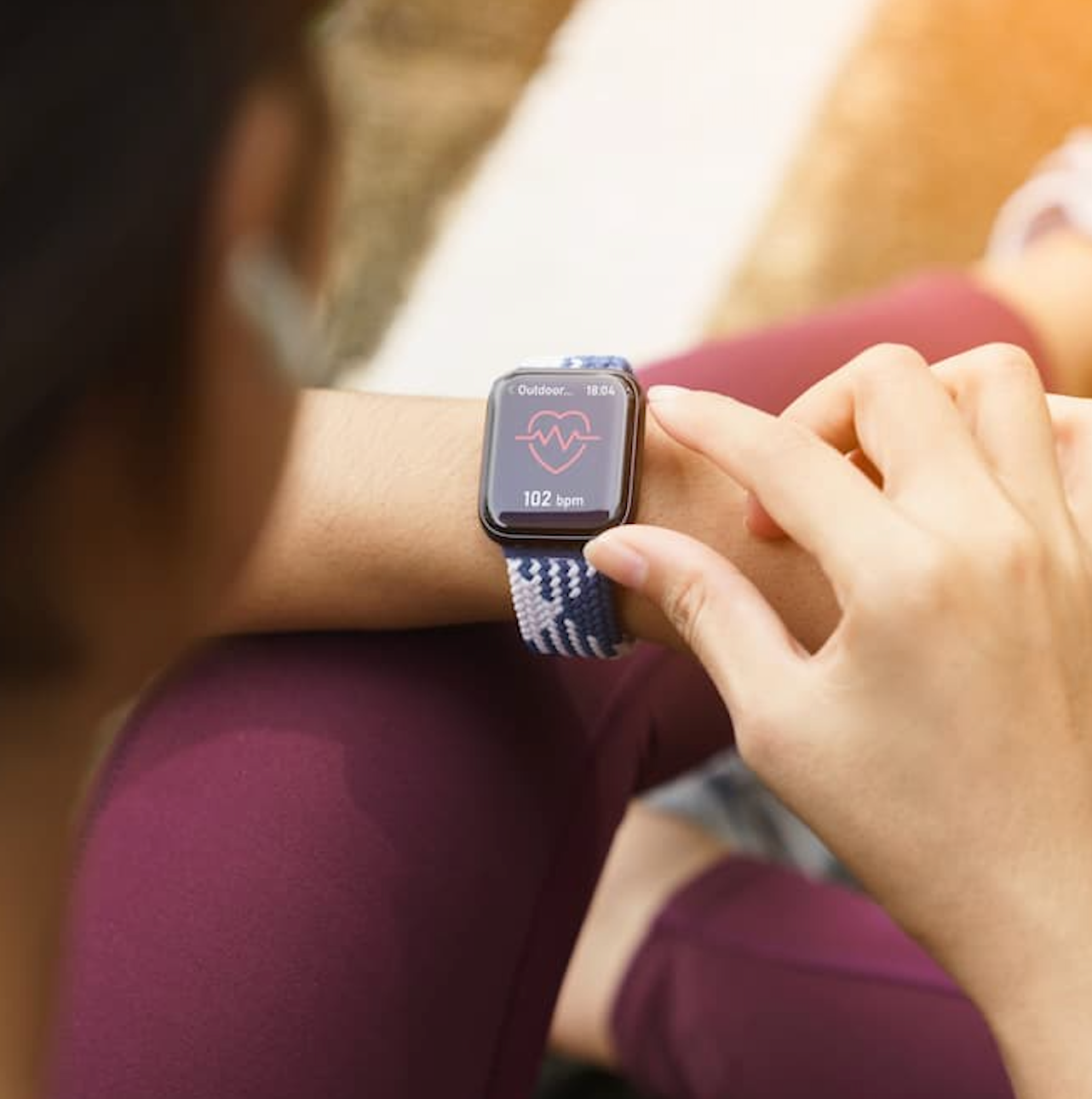Can Wearables Predict IBD Flares? New Research Says Yes
Wearable health devices may predict IBD flares weeks before symptoms appear, offering a potential tool for early intervention.
By
Lana Pine
| Published on January 17, 2025
5 min read
Credit: Adobe Stock/blackzheep

Wearable devices can effectively monitor inflammatory bowel disease (IBD) activity and may help predict flares before they happen, providing a noninvasive way to manage the disease.
Wearables, which include devices like Apple Watches, Fitbits and Oura Rings, are used by approximately one in five people living in the United States. These devices are frequently used by patients with non-IBD diseases for remote patient monitoring purposes and have been shown to improve outcomes across disease state. Recently, there has been interest in monitoring chronic inflammatory diseases, focusing on medication response and flare prediction.
“Commonly used wearable devices can assess physiological signals which are altered in chronic inflammatory diseases, thereby creating an opportunity for disease monitoring,” wrote a team of experts led by Robert Hirten, M.D., associate professor of medicine and of artificial intelligence and human health at the Icahn School of Medicine at Mount Sinai.
The current study builds on a previous study that enrolled 15 patients with ulcerative colitis who wore a wearable patch to measure heart rate variability (HRV) over a nine-month period. Results found increases in sympathetic nervous system activity were linked to elevated inflammatory markers and increased symptoms.
To determine whether wearable devices can help detect and predict IBD flares before symptoms appear, patients with IBD wore wearables that tracked heart rate (HR), resting heart rate (RHR), HRV, steps and oxygen levels (SpO2) while also reporting symptoms. Investigators then analyzed how these metrics changed before and during flares.
In total, 309 patients across 36 states were recruited into the IBD Forecast Study. The mean age was 29.9 years, most (67.3%) were female and the mean duration of follow-up was 213 days.
Eligible patients were adults with a diagnosis of either Crohn’s disease or ulcerative colitis who were currently on medication to treat IBD and were willing to use a wearable device. Investigators collected information of demographics, medical and surgical history, and IBD history through the app. Participants were advised to wear their device for eight or more hours a day and to answer daily surveys. Clinical disease activity was evaluated using baseline and daily Patient Reported Outcome (PRO-2) scores.
Patients experiencing a flare had higher HR and RHR (79.31 bpm and 65.30 bpm, respectively) compared with remission (78.92 bpm and 64.64 bpm, respectively). People also took fewer steps during flares (5,082 steps) compared with remission (5,507 steps). SpO2 did not show a significant difference between flares and remission.
One key HRV measure showed significant differences in its daily pattern when comparing symptom flares with and without inflammation. This means wearables could help identify whether inflammation is present when symptoms begin.
Investigators evaluated how physiological data from wearable devices changed in the days leading up to an IBD flare, specifically at seven, 14, 21, 28, 35, 42 and 49 days before symptoms worsened. Interestingly, significant changes in HRV, HR, RHR and SpO2 were detected up to seven weeks before a flare, indicating early warning signs.
Investigators noted limitations including that the physiological metrics measured by the wearable could have been impacted by other factors. They controlled for age, sex and body mass index (BMI) to mitigate for that, although future research is needed to validate findings. Additionally, they were limited in their ability to determine when a participant transitioned from remission to flare as assessments were performed as standard of care evaluations. Therefore, it is possible that periods of disease activity were misclassified.
“We demonstrate that physiological metrics collected longitudinally from wearable devices can identify and change before the development of inflammatory and symptomatic disease flares,” investigators concluded. “These findings support the further evaluation of wearable devices in the monitoring of IBD.”

